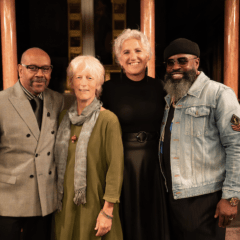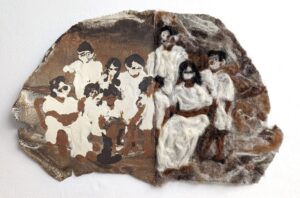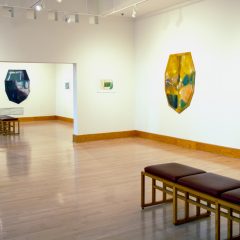How many ways are there to characterize photographer Emmett Gowin? He’s an empathetic chronicler of family quirks; obsessive stalker of his muse; eco-reporter; natural world archivist; latin-influenced surrealist. Each of the hats the artist wears coincides with a chronological chunk of his life’s work. And, as laid out more or less chronologically in the elegant and densely-packed mini survey at Swarthmore College’s List Gallery, you can now be introduced, under one roof, to the virtuosity of an artist who is both world explorer and lover of the homespun and human.
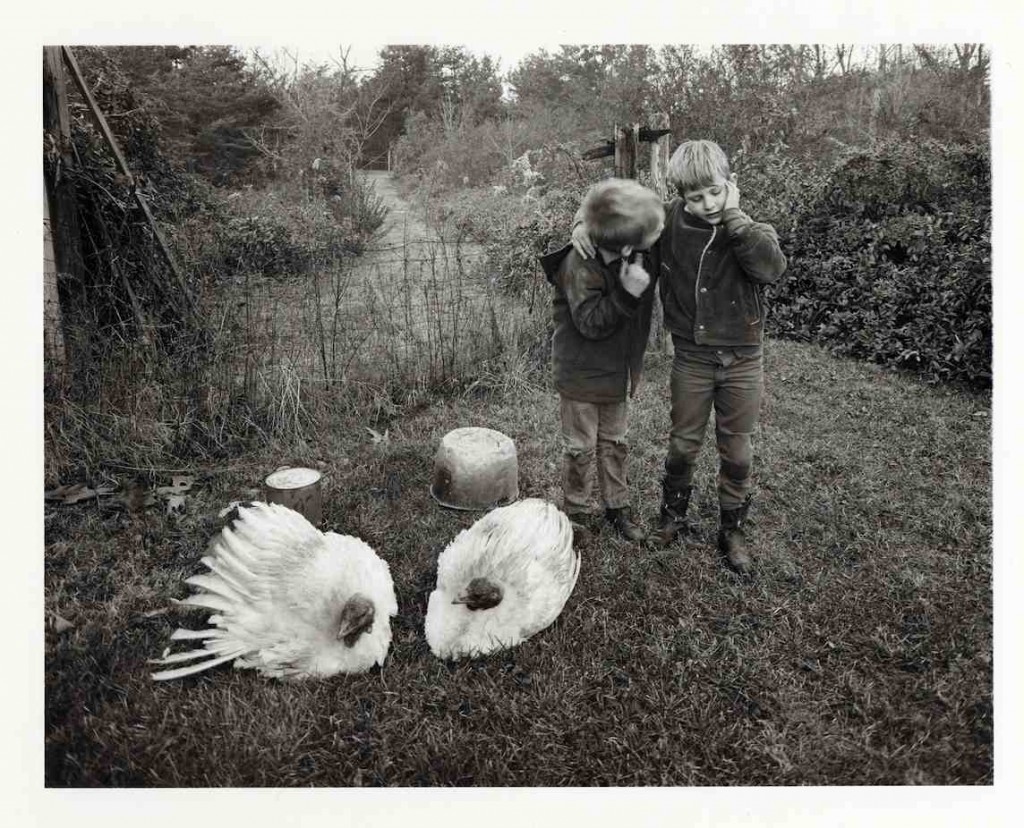
My first encounter with Gowin’s gelatin silver prints was his body of work from the 1970s — works that portray his wife Edith and her family in rural Danville, VA. Shot with a large format camera that requires up to 5 second exposure (imagine little kids standing still for 5 seconds!) Gowin teased amazing gold from the children — this is before Sally Mann became famous for her black and white child in the woods shots.
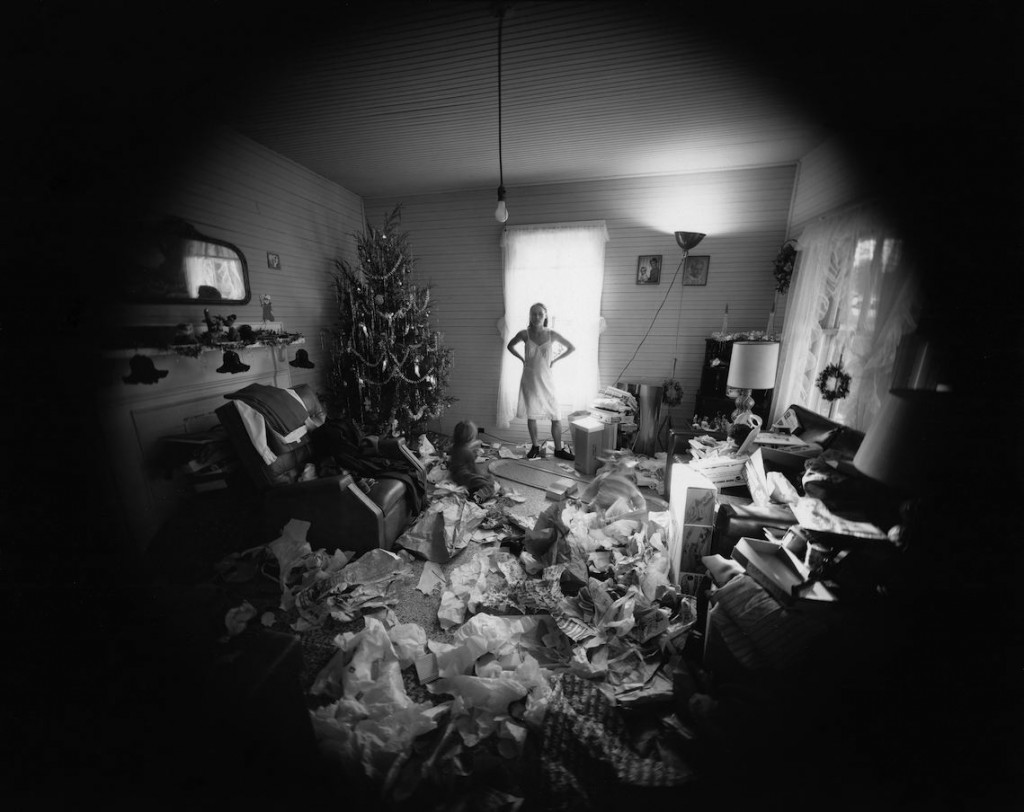
He portrayed Edith, his muse, as sprightly and mischievous. In many of the shots she is nude and the look on her face is emotionally packed like a slice of cinema from a drama taking place off camera. Some of the shots are done with a pinhole type framing and the one with the fisheye view of Edith on Christmas, the room in front of her littered with the debris of wrappings, captures the horror of that holiday perfectly. The series is one beautiful and evocative piece after another – Family of Man in Danville.
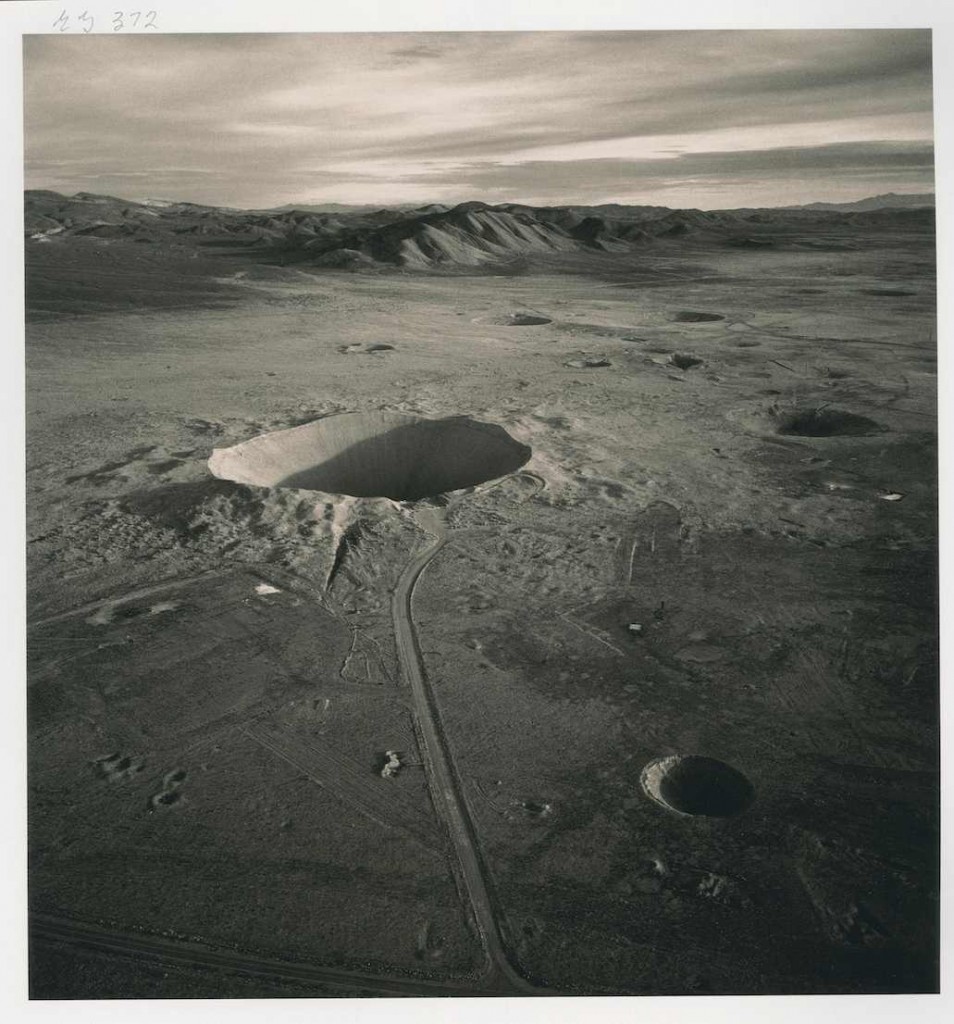
So to see the Swarthmore show is a revelation. Not only does Gowin switch up his subject from humans in psychologically- or emotionally-charged scenes to landscapes. But he’s taken to the skies to shoot aerial landscapes of sublime (as in terrifying) beauty.
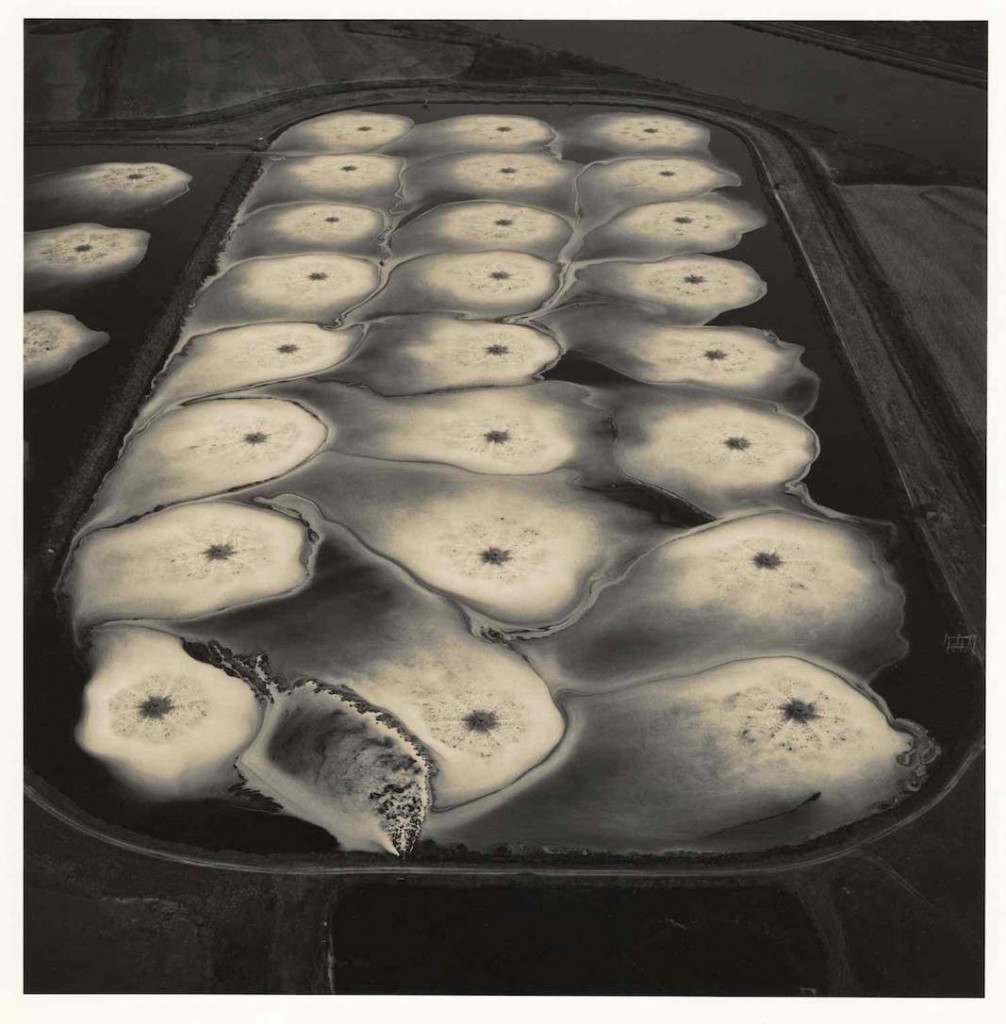
The aerial photos, taken while flying over bomb test sites and waste water cachement basins and other scenes of industrial/military destruction are almost abstract to the eye. They are also very beautiful. Getting nose to nose with these works and reading the title card, however, allows the slowly-dawning realization that you are looking at a full blown horror. This suite of works dates from 1980 when Gowin took to the air to view the aftermath of the Mt. St. Helens volcanic eruption in Washington state and was taken with the way things not visible from “human” space below revealed themselves from above. In 1986 he started exploring man-made industrial inroads into the land from the air, flying over Hanford Reservation, for one, where nuclear reactors and chemical separation plants made scars on the land like nothing nature had done. These are truly devastating pictures, and what makes them more so is the thought that this is the tip of the iceberg and that many other sites on earth bear the scars of man-made intrusion.
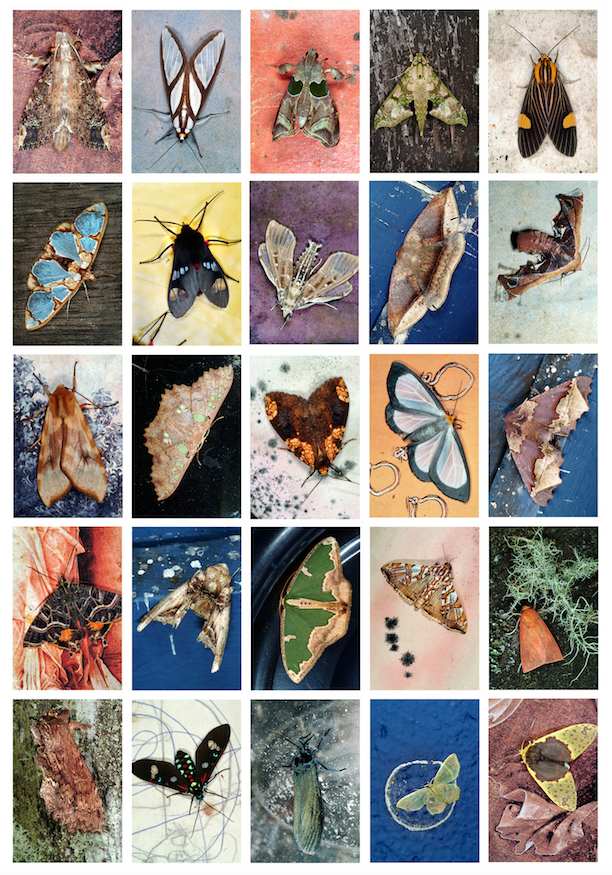
Most recently Gowin has become an archivist of sorts, capturing nocturnal moths in the tropics in National Geographic-like poses. He’s working documentary style in color and the prints show the insects arrayed in stamp-sheet like photo grids, 25 insects per sheet. List Gallery Director Andrea Packard told me that the artist is continuing to work on this series, and now, he has actually saved some of the specimens for the Smithsonian.
This is an artist who is searching for wonders and finding some things that make his heart sing and some that make him filled with questions and perhaps anger. The works don’t feel angry but the sense of obsessive detective work being done (in the moth series and the aerial landscapes) conveys a mission. The work is driven by something other than aesthetics.
Gowin, by the way, just retired from teaching at Princeton University. He lives in Bucks County and is represented by Pace MacGill. The show is up at the List Gallery until April 1.



